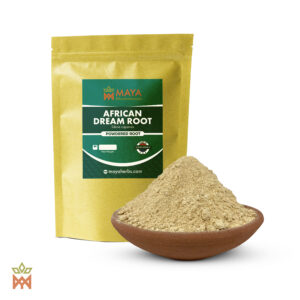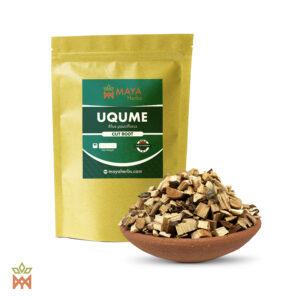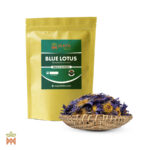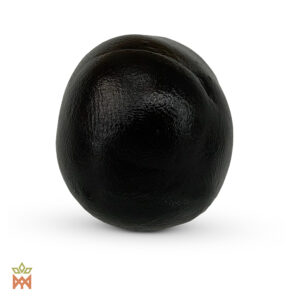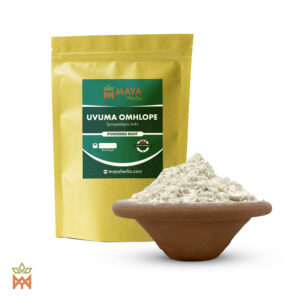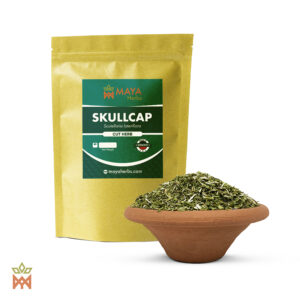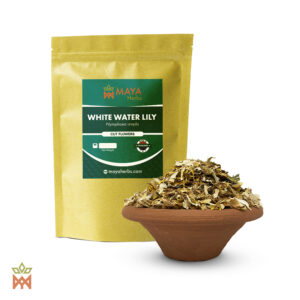Introducing Blue Lotus Flower
Blue Lotus Flower, scientifically known as Nymphaea caerulea, is a water lily species that originates from regions of Southeast Asia, including Thailand. Revered for its beauty, fragrance, and psychoactive properties, Blue Lotus holds significant historical and cultural importance in various ancient civilizations, including those of Thailand, Egypt, and Ayurvedic medicine. Here’s an overview of Blue Lotus, including its botanical information and historical uses
Botanical Information
Blue Lotus Flower is a perennial aquatic plant characterized by its striking blue flowers with yellow centers and broad, round leaves that float on the surface of water bodies.
Scientifically classified as Nymphaea caerulea, Blue Lotus belongs to the Nymphaeaceae family. It typically grows in shallow waters such as ponds, lakes, and marshes, where it thrives in warm, tropical climates.
The flowers of the Blue Lotus are known for their aromatic fragrance, which is often described as sweet and intoxicating. They contain various bioactive compounds, including alkaloids, flavonoids, and terpenoids, which contribute to their medicinal and psychoactive effects.
Historical Use in Thailand
In Thailand, Blue Lotus Flower has been revered for centuries for its cultural, spiritual, and medicinal significance. It is often associated with Buddhism and Hinduism, where it is used in religious rituals and ceremonies.
Blue Lotus has been traditionally used in Thai traditional medicine to promote relaxation, reduce anxiety, and induce a sense of calm and well-being. It is believed to have sedative and anxiolytic properties, making it useful for alleviating stress, insomnia, and nervous tension.
Blue Lotus is also valued for its aphrodisiac effects and may be used to enhance libido, sexual arousal, and intimacy. It is believed to have a positive impact on sexual function and pleasure.
Historical Use in Egypt
Blue Lotus holds significant historical and cultural importance in ancient Egyptian civilization, where it was revered as a symbol of rebirth, fertility, and divine consciousness.
Blue Lotus was often depicted in ancient Egyptian art and mythology, where it was associated with the sun god Ra and the goddess Hathor. It was believed to have protective and purifying properties and was used in religious rituals and ceremonies.
Blue Lotus was also used in ancient Egyptian medicine for its therapeutic properties. It was believed to have sedative, analgesic, and anti-inflammatory effects, making it useful for treating various ailments and promoting general well-being.
Historical Use in Ayurvedic Medicine
In Ayurvedic medicine, Blue Lotus is known as “Kamal” or “Neel Kamal” and is revered for its medicinal properties and spiritual significance.
Blue Lotus is believed to balance the doshas (energies) of the body and mind, promoting harmony, vitality, and spiritual growth. It is often used to calm the mind, enhance meditation, and promote emotional balance.
Blue Lotus Flower is also used in Ayurvedic herbal formulations for its adaptogenic, anti-inflammatory, and antioxidant properties. It is believed to support overall health and well-being, promoting longevity and vitality.





